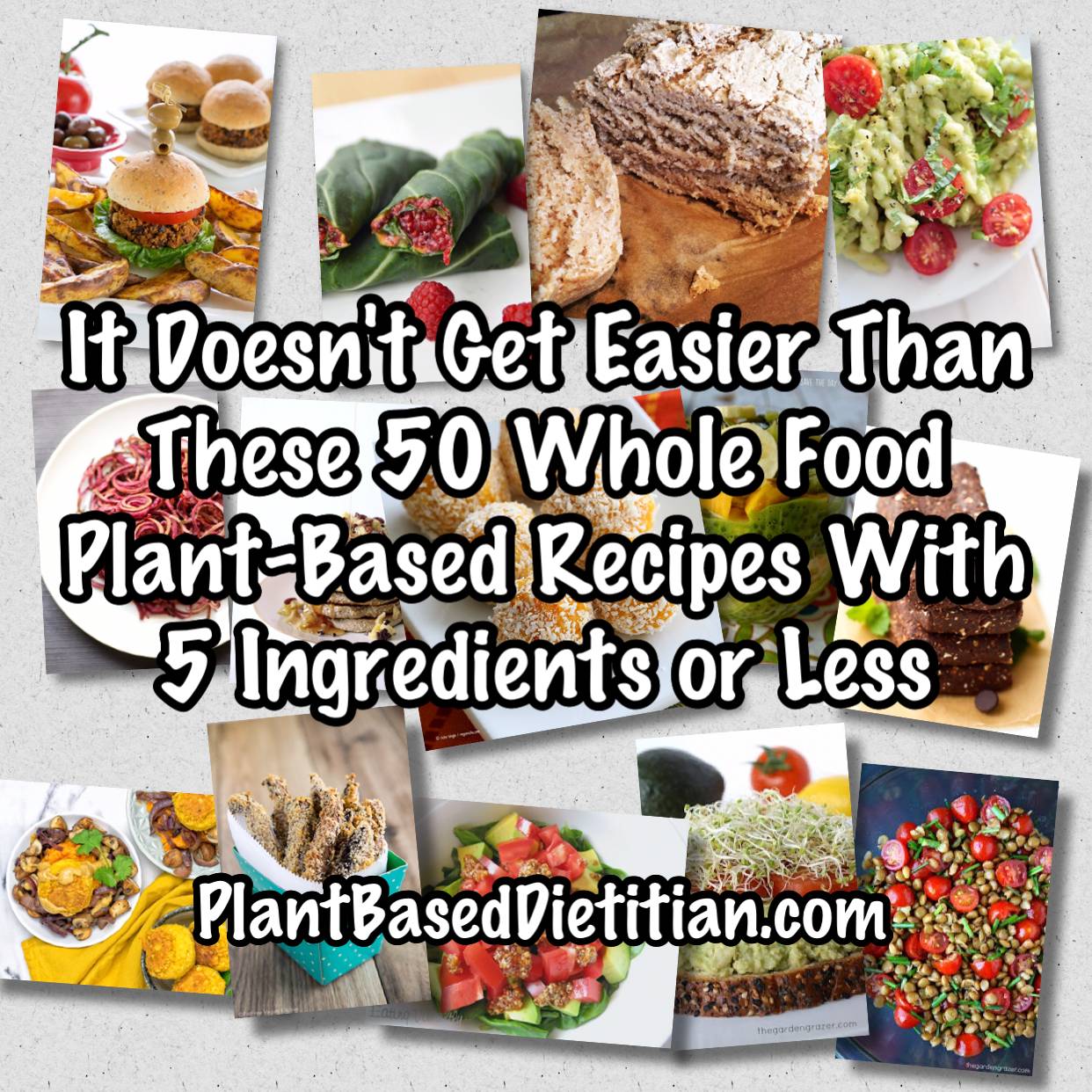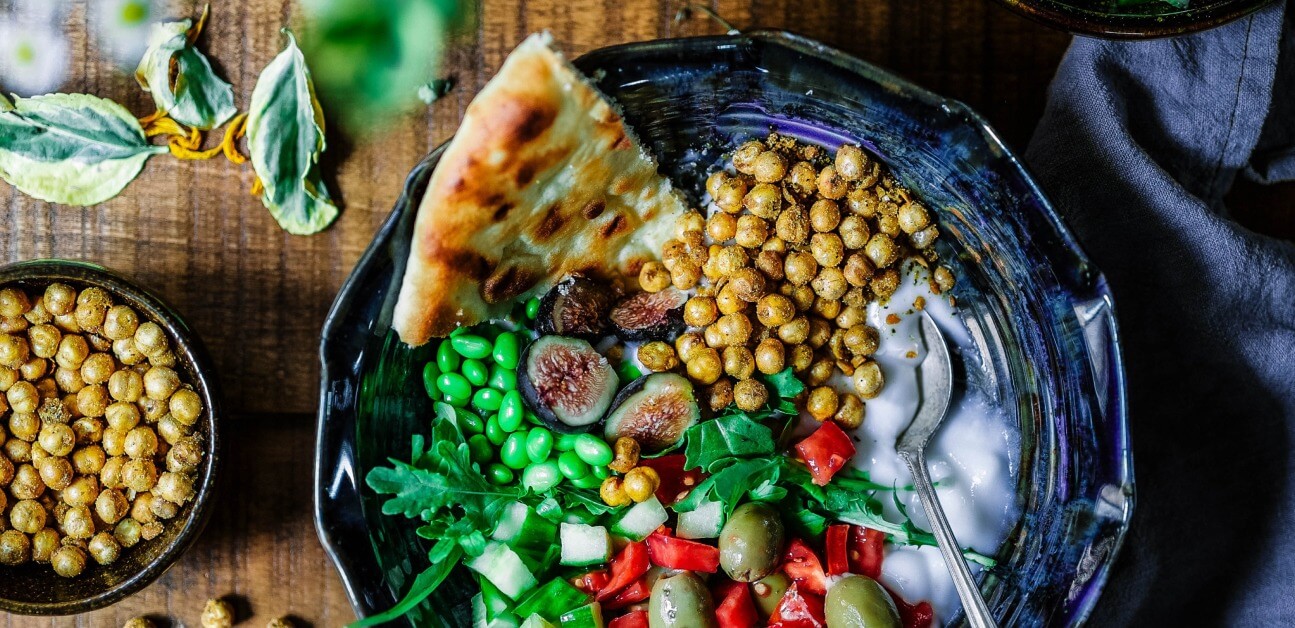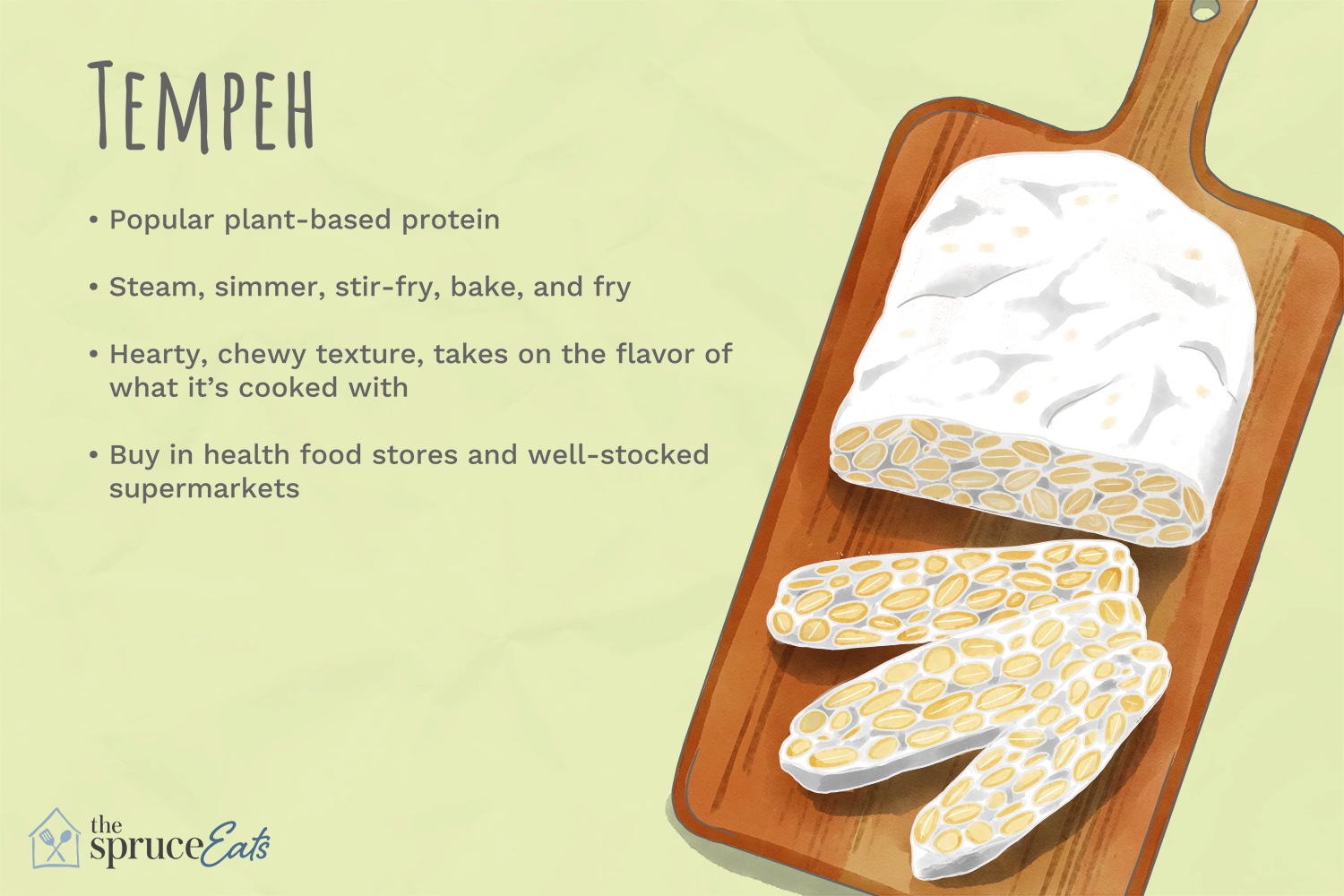
Soy beans are the most popular food source in the world, but are chickpeas soy? The answer will vary depending on who you ask. Edamame is an affordable substitute for regular soybeans. This is why it is sometimes called a complete-protein. It can also be used as a side effect in the production process of tofu.
Edamame is cheaper than regular soybeans
Edamame has become a popular choice for regular soybeans. It is easier to prepare and cheaper than regular soybeans. To prepare edamame, cut the ends of the pods to allow salt from the water to enter the pod. To make cleaning easier, steam the pods rather than boiling them. Season the edamame with salt prior to serving.

Bloating from Edamame
Edamame beans contain high amounts of fiber. Although fiber is essential for the digestive system, too much can cause gas and bloating. Edamame can be eaten in moderation. This way, you'll avoid gas and unpleasant bloating.
Edamame can be considered a "complete" protein.
Edamame can be a tasty, healthy protein made from plant matter. It is rich in vitamins, minerals and amino acids. It is also rich in fiber. Just one cup of edamame contains six grams of fiber, one-fourth of the recommended daily allowance. Edamame contains good amounts of folate. This nutrient is linked to healthy nails and heart function.
Edamame, a by-product in tofu making, is an edible plant.
Edamame is a type of green bean harvested before its pods mature. It is commonly eaten in Japan as a snack. It has a mild buttery flavor. It is an excellent source for protein, essential fat acids, and fibre. It's also available in frozen, fresh, and shelled varieties. If you plan to eat edamame frequently, avoid canned versions with additives.
Edamame contains high amounts of estrogens
Edamame is a legume with high levels of estrogens. This is due to its high content of phytoestrogens. It is one of most important sources of estrogens worldwide. In addition to being high in estrogens, edamame is also a great source of protein. It also contains many vitamins and minerals. Edamame has a high level of isoflavones that mimic estrogen.

Edamame is rich in polyunsaturated fats
Edamame beans make a delicious, healthy snack. This star legume is low in calories, fiber, and rich in essential unsaturated and protein-rich fats. This bean is a popular choice for soy products and has been eaten as food since at least the 2nd century BC. It has many health benefits, including improving bone health, skin health, weight loss, and reducing the risk for cardiovascular disease.
FAQ
What is the difference in a virus and bacteria?
A virus, a microscopic organism that can not reproduce outside of its host cells, is called a virus. A bacterium can be described as a single-celled organism which reproduces by splitting in two. Viruses measure only 20 nanometers in diameter, but bacteria is up to 1 millimeter in size.
Viruses can be spread by contact with bodily fluids containing infected substances, such as saliva, urine and semen. Bacteria can be spread by direct contact with infected objects and surfaces.
Viral infections can be transmitted through skin cuts, scrapes and bites. They can also be transmitted through the eyes, nose, mouth, ears, vaginal, rectum, and anus.
Bacteria can be introduced to our bodies by cuts, scrapes or burns. They may also enter our bodies from food, water, soil, dust, and animals.
Both bacteria and viruses can cause illness. Viruses can not multiply in the host. So they only cause illnesses when they infect living cells.
Bacteria can cause illness by multiplying in the body. They can infiltrate other parts of the body. That's why we need antibiotics to kill them.
Do I have to count calories?
It is possible to wonder "what the best diet is for me?" or "is counting calories necessary?" The answer to this question depends on many factors, including your current health, your personal goals and preferences, as well as your overall lifestyle.
The Best Diet For Me: Which One Is Right?
The best diet for me depends on my current health status, my personal goals, my preferences, and my overall lifestyle. There are many diets out there, some good and some bad. Some are better for certain people than others. So what do I do? How do I make the right decision?
These questions are addressed in this article. It begins by briefly describing the different diets available today. Next, we will discuss the pros & cons of each kind of diet. We will then look at how to pick the right one for you.
Let's start by taking a look at the various types of diets.
Diet Types
There are three main types. Low fat, high protein, or ketogenic. Let's take a look at them all below.
Low Fat Diets
A low-fat diet is a diet that reduces the amount fats consumed. This is done by reducing your intake of saturated oils (butter and cream cheese, etc.). and replacing them with unsaturated fats (olive oil, avocados, etc.). If you want to lose weight fast and easily, then a low-fat diet is often recommended. This kind of diet could cause constipation or heartburn and other digestive problems. It can also lead to vitamin deficiencies, if someone doesn't get enough vitamins in their food.
High Protein Diets
High protein diets discourage carbohydrates and encourage the use of proteins. These diets often have higher levels of protein than most other diets. These diets are intended to increase muscle mass and reduce calories. They may not be able to provide sufficient nutrition for people who need it. They can also be very restrictive so they may not be suitable for everyone.
Ketogenic Diets
These diets are also known under the name keto diets. They are high in fat, moderately high in protein, and low in carbohydrates. These are often used by bodybuilders and athletes because they allow them the ability to train harder and for longer periods of time without feeling tired. But, they require strict adherence to avoid negative side effects like nausea, headaches, and fatigue.
What is the difference in a calorie from a Kilocalorie?
Calories refer to units that are used for measuring the amount of energy contained in food. Calories are a unit of measurement. One calorie contains the energy needed to raise the temperature of one gram of water by one degree Celsius.
Kilocalories are another way to describe calories. Kilocalories measure in thousandths (or calorie) of a calorie. 1000 calories is one kilocalorie.
Statistics
- nutrients.[17]X Research sourceWhole grains to try include: 100% whole wheat pasta and bread, brown rice, whole grain oats, farro, millet, quinoa, and barley. (wikihow.com)
- According to the Physical Activity Guidelines for Americans, we should strive for at least 150 minutes of moderate intensity activity each week (54Trusted Source Smoking, harmful use of drugs, and alcohol abuse can all seriously negatively affect your health. (healthline.com)
- WHO recommends reducing saturated fats to less than 10% of total energy intake; reducing trans-fats to less than 1% of total energy intake; and replacing both saturated fats and trans-fats to unsaturated fats. (who.int)
- In both adults and children, the intake of free sugars should be reduced to less than 10% of total energy intake. (who.int)
External Links
How To
How to stay motivated and stick to healthy eating habits and exercise
Tips for staying healthy and motivated
Motivational Tips for Staying Healthy
-
Write down your goals
-
Set realistic goals
-
Be consistent
-
When you achieve your goal, be kind to yourself
-
You don't have to give up if your attempts fail.
-
Have fun